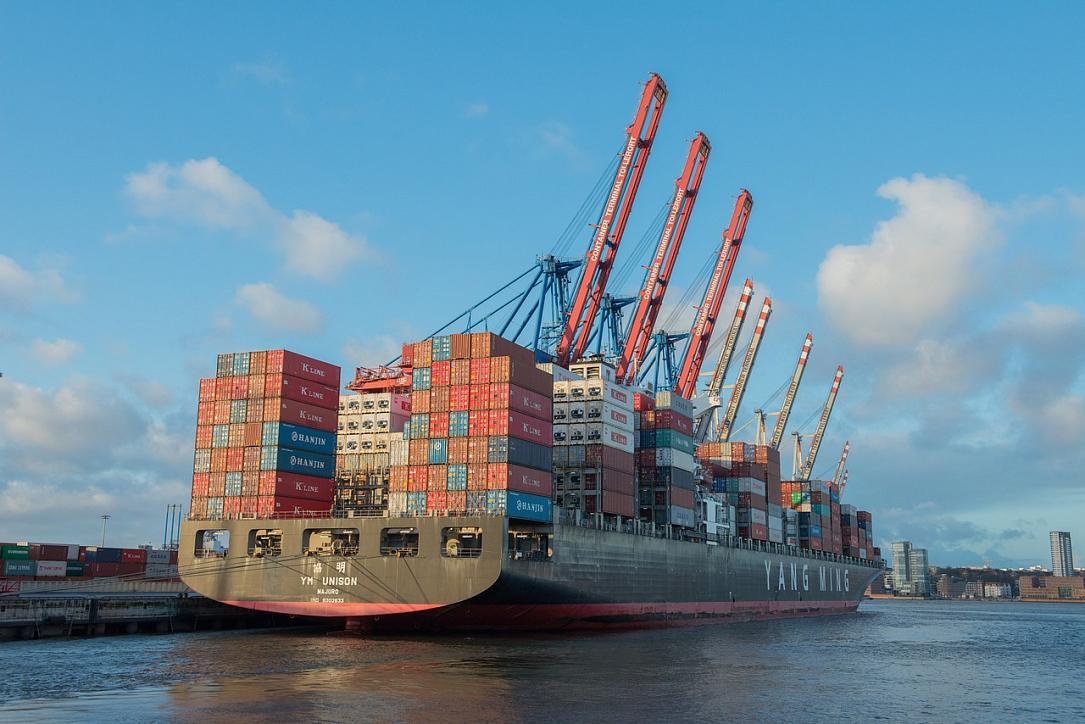Romania’s trade deficit up 35% in Jan-Apr

Romania’s imports of goods increased by 10.6% year-on-year to EUR 6.9 billion in April, roughly twice as fast as the exports, which advanced by only 5.7% to EUR 5.5 billion.
Wages soared by real 12.4% year-on-year in Q1 (+14.6% when expressed in euro) and remained strong at +10.3% year-on-year in April, continuing to boost import-based domestic consumption.
Exports of goods show signs of fatigue after annual growth rates of 8%-9% over the past couple of years. The deficit thus widened by 36% compared to the same month last year, to nearly EUR 1.4 billion.
Imports rose twice as fast as exports in each of the first four months of the year and by 8.3% year-on-year on average compared to a 3.8% annual advance of exports. Consequently, the net imports of goods widened by 35% year-on-year to EUR 5.0 billion (2.5% of the GDP projected for the whole year).
The trade gap widened by 17% year-on-year to EUR 15.1 billion (close to 8% of GDP) in 2018.
The widening external deficit has been spotted as a risk by both the National Bank of Romania (BNR) and the International Monetary Fund (IMF), but their views slightly differ in terms of the recommended approach for tackling it. While BNR focuses on structural reforms and productivity gains (while discouraging the use of currency depreciation), the IMF sees benefits from a higher exchange rate flexibility. “The sizeable current account deficit increases the premium of greater exchange rate flexibility as a shock absorber,” the IMF commented in their Article IV Consultations report.
editor@romania-insider.com
(Photo source: Pixabay.com)













